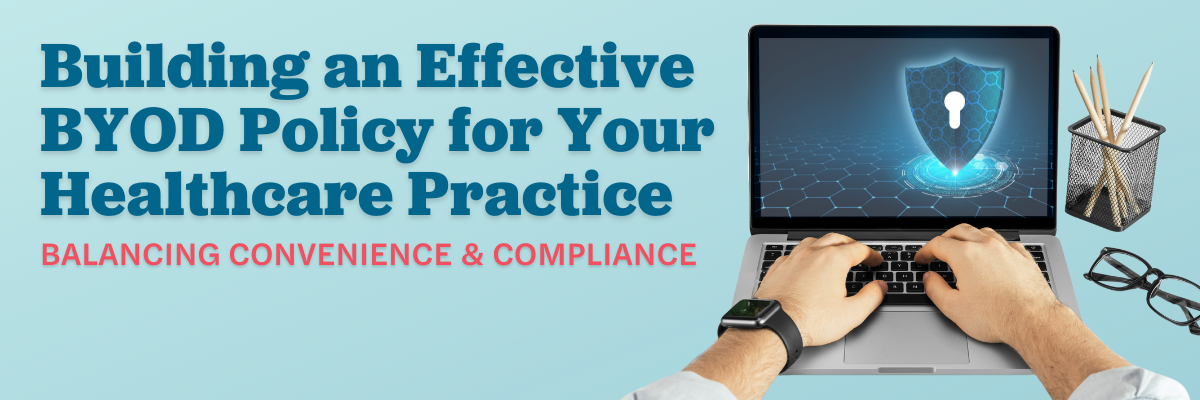We understand that most small to mid-sized healthcare organizations are constantly seeking ways to optimize costs and empower their workforce. One solution that has gained traction is the Bring Your Own Device (BYOD) model, which allows employees to use their personal devices for work-related tasks. This approach can offer significant benefits, including cost savings and increased flexibility for your healthcare team.
Unlocking the Benefits of BYOD Policy
Cost Savings
By allowing employees to use their own devices, you can eliminate the need to purchase and maintain a fleet of company-owned devices. This can lead to substantial cost savings, freeing up resources that can be reinvested into other critical areas of your healthcare organization.
Increased Flexibility
When employees use their personal devices, they are often more comfortable and familiar with the technology, leading to increased productivity and job satisfaction. This flexibility can also enhance your organization’s ability to adapt to changing work environments and remote work arrangements.
Mitigating the Risks of BYOD Policy
While the BYOD model offers numerous benefits, it’s essential to address the potential risks associated with employee-owned devices accessing sensitive healthcare data. Even if personal device use is as limited as having email access on personal phones, you should have a BYOD policy in place. To ensure the security and compliance of your organization, you should implement a comprehensive BYOD policy that addresses the following key considerations:
Encryption and Access Control
Require all devices used for work-related tasks to be equipped with robust encryption and access control measures, such as strong passwords, biometric authentication, or two-factor authentication.
Operating System Updates
Ensure that employees keep their device’s operating system and software up-to-date to address known vulnerabilities and security threats.
Asset Inventory and Tracking
Maintain a detailed inventory of all devices that have access to your organization’s network and protected health information (PHI), regardless of ownership. This will help you monitor and manage the devices used within your healthcare environment.
Employee Acknowledgment and Compliance
Implement a process where employees acknowledge and agree to the BYOD policy, ensuring they understand their responsibilities and the potential consequences of non-compliance.
Empowering Your Healthcare Team
By embracing the BYOD model and implementing a robust policy, you can empower your healthcare team to work more efficiently and flexibly, all while maintaining the security and compliance of your organization. This approach can lead to cost savings, increased employee satisfaction, and a more agile healthcare organization that is better equipped to navigate the latest advancements and events in healthcare technology.
The key to a successful BYOD implementation lies in striking the right balance between cost savings, flexibility, and security. By doing so, you can unlock the full potential of your healthcare team and position your organization for long-term success.


Leave a Reply